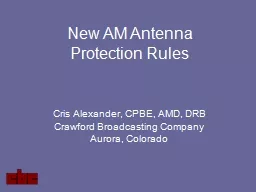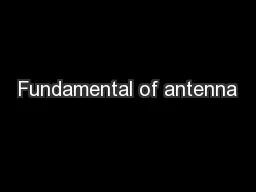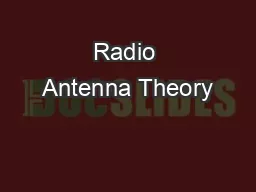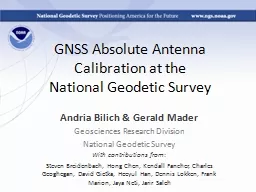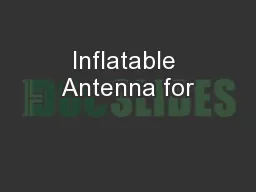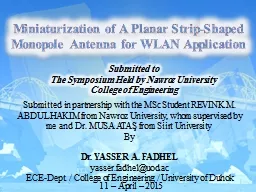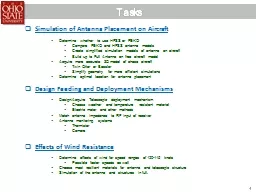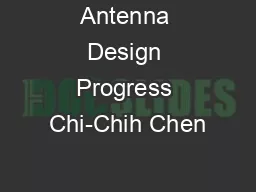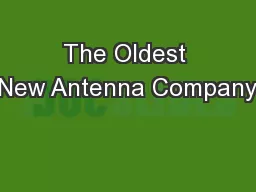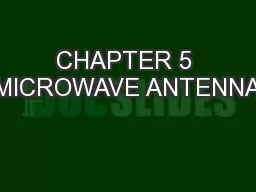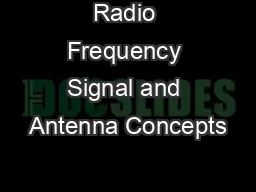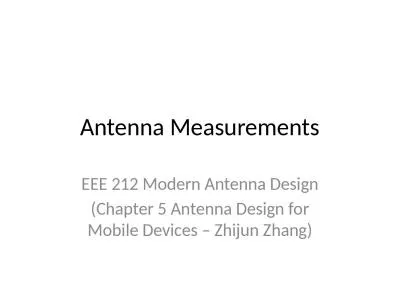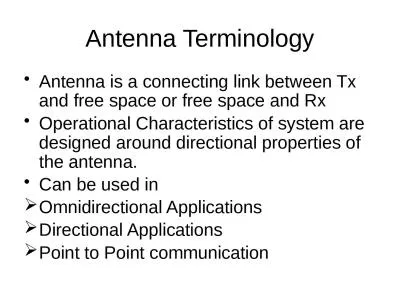PPT-New AM Antenna
Author : myesha-ticknor | Published Date : 2017-07-07
Protection Rules Cris Alexander CPBE AMD DRB Crawford Broadcasting Company Aurora Colorado Introduction It has long been recognized that metallic structures near
Presentation Embed Code
Download Presentation
Download Presentation The PPT/PDF document "New AM Antenna" is the property of its rightful owner. Permission is granted to download and print the materials on this website for personal, non-commercial use only, and to display it on your personal computer provided you do not modify the materials and that you retain all copyright notices contained in the materials. By downloading content from our website, you accept the terms of this agreement.
New AM Antenna: Transcript
Download Rules Of Document
"New AM Antenna"The content belongs to its owner. You may download and print it for personal use, without modification, and keep all copyright notices. By downloading, you agree to these terms.
Related Documents

